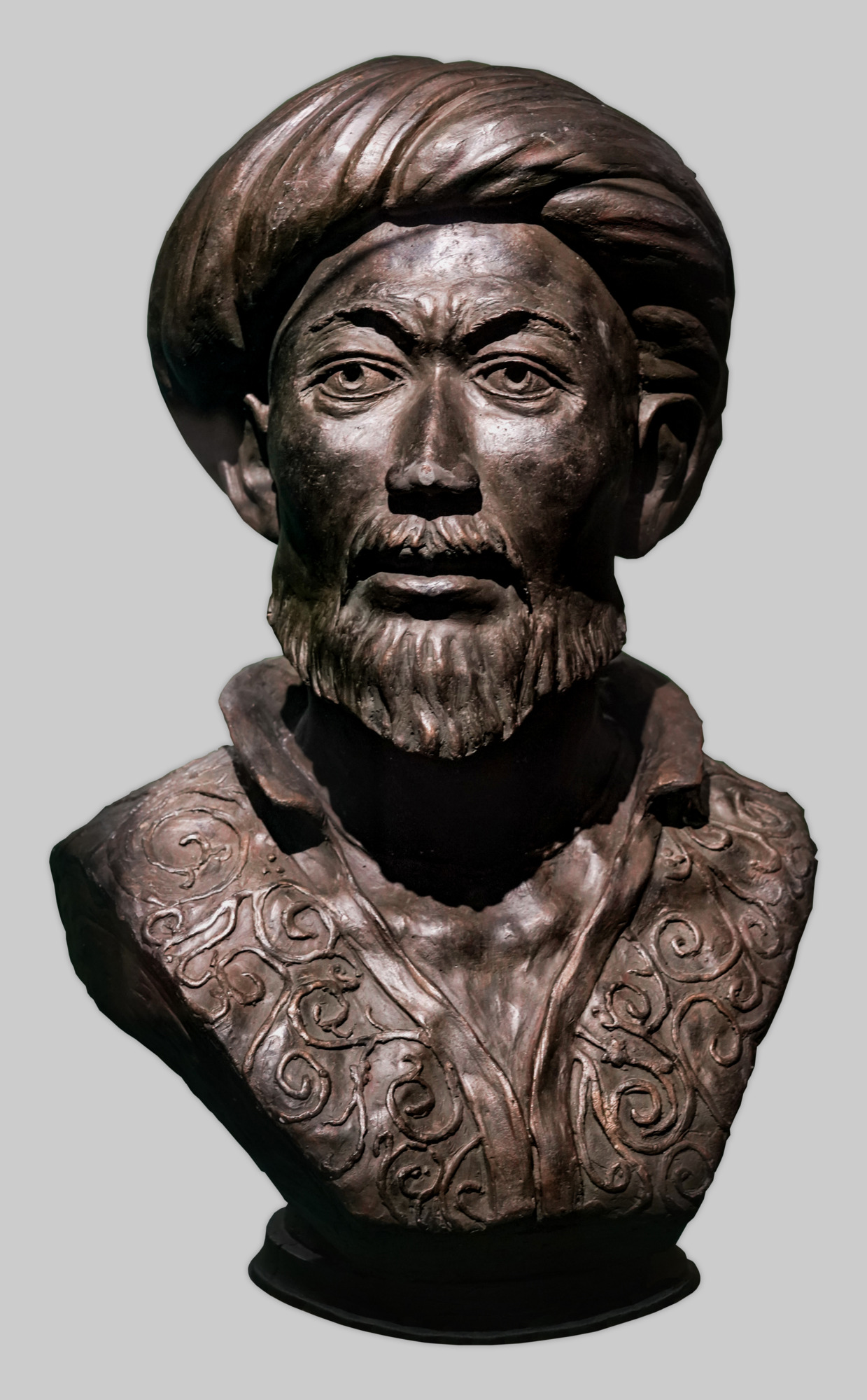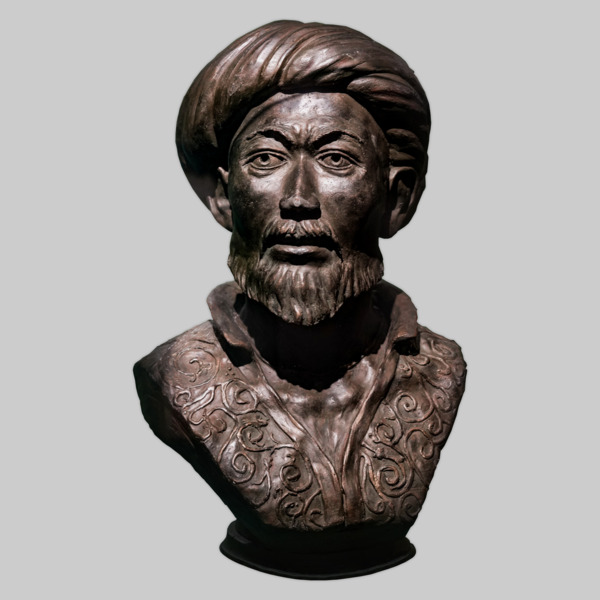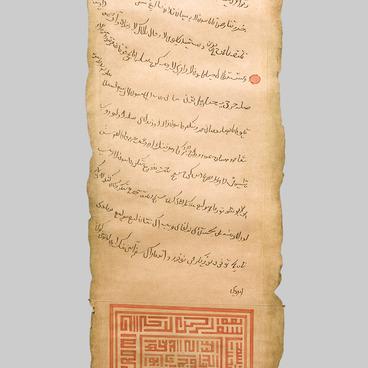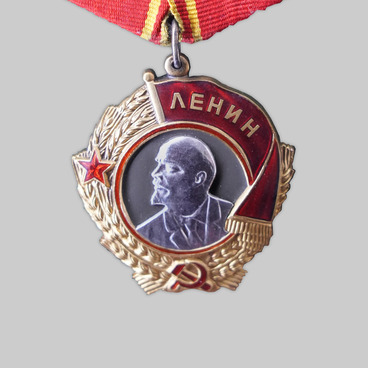In 1977, during excavations in the Kazan Kremlin, archaeologists discovered the foundation of two white-stone mausoleums with the remains of rich burials. The findings were located on the territory of the former khan’s residence.
Scientists concluded that the buildings were built in the 15th century and served as burial vaults for khans and their families. One of them contained the burial of a 35–40 year old man. Careful analysis proved that the buried was Khan Mahmud. He had a face with massive cheekbones, narrow eyes, a straight nose, and a drooping eyelid fold. The structural features of the bones of the hands and the occipital part of the skull indicated prolonged physical activity that arose during horseback riding. His diet indicated that the khan led a nomadic life.
The reconstruction of the portrait of the khan was carried out by anthropologist Tatiana Balueva in 1995. To restore the ruler’s features, she used the Gerasimov method – a unique technology for recreating a human face from the skull.
Khan Mahmud – Kazan Khan, son and successor of the Golden Horde Khan Ulu-Muhammad. He came from a dynasty of direct descendants of the Mongol ruler Genghis Khan. Mahmud’s father was the Khan of the Golden Horde Ulu-Muhammad, who was not long on the throne and then was overthrown. In 1439 he raided Moscow, but the townspeople withstood the siege. His son also took part in this campaign.
In the summer of 1445, the Horde, under the command of the sons of Ulu-Mohammed Mahmud and Yakub, defeated the army of Grand Duke Vasily II near Suzdal, captured him and asked for ransom. In the same autumn, Mahmud captured Kazan and founded the Kazan Khanate. Fearing his relatives, who fought for power in the Golden Horde, Mahmud restored peaceful relations with the Moscow state and enlisted its support.
Khan Mahmud was on the throne from 1445 to 1465. He laid down and strengthened the internal structure of the Kazan Khanate. During this time Kazan became a major point of international trade in Eastern Europe, and the structure of the Kazan Khanate was finally formed.
The exact dates of his life are unknown, but he died in the early 1460s at the age of about 40 according to the chronicles.
Scientists concluded that the buildings were built in the 15th century and served as burial vaults for khans and their families. One of them contained the burial of a 35–40 year old man. Careful analysis proved that the buried was Khan Mahmud. He had a face with massive cheekbones, narrow eyes, a straight nose, and a drooping eyelid fold. The structural features of the bones of the hands and the occipital part of the skull indicated prolonged physical activity that arose during horseback riding. His diet indicated that the khan led a nomadic life.
The reconstruction of the portrait of the khan was carried out by anthropologist Tatiana Balueva in 1995. To restore the ruler’s features, she used the Gerasimov method – a unique technology for recreating a human face from the skull.
Khan Mahmud – Kazan Khan, son and successor of the Golden Horde Khan Ulu-Muhammad. He came from a dynasty of direct descendants of the Mongol ruler Genghis Khan. Mahmud’s father was the Khan of the Golden Horde Ulu-Muhammad, who was not long on the throne and then was overthrown. In 1439 he raided Moscow, but the townspeople withstood the siege. His son also took part in this campaign.
In the summer of 1445, the Horde, under the command of the sons of Ulu-Mohammed Mahmud and Yakub, defeated the army of Grand Duke Vasily II near Suzdal, captured him and asked for ransom. In the same autumn, Mahmud captured Kazan and founded the Kazan Khanate. Fearing his relatives, who fought for power in the Golden Horde, Mahmud restored peaceful relations with the Moscow state and enlisted its support.
Khan Mahmud was on the throne from 1445 to 1465. He laid down and strengthened the internal structure of the Kazan Khanate. During this time Kazan became a major point of international trade in Eastern Europe, and the structure of the Kazan Khanate was finally formed.
The exact dates of his life are unknown, but he died in the early 1460s at the age of about 40 according to the chronicles.



